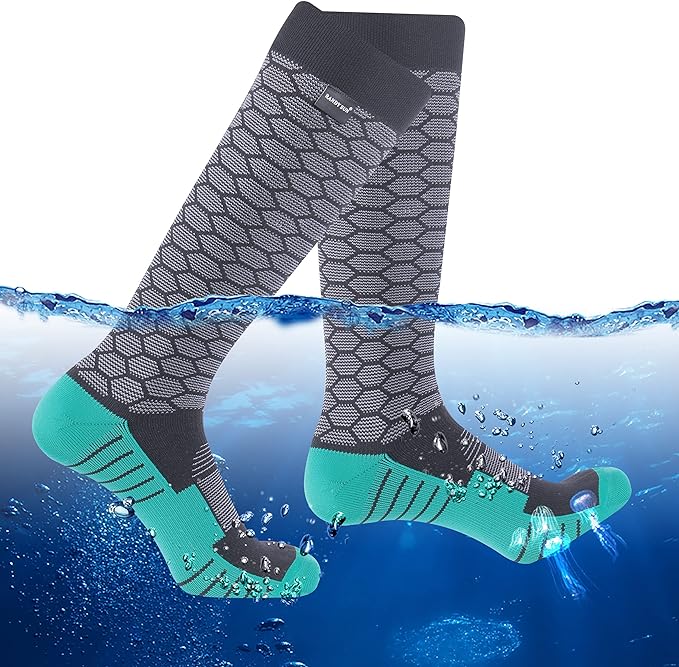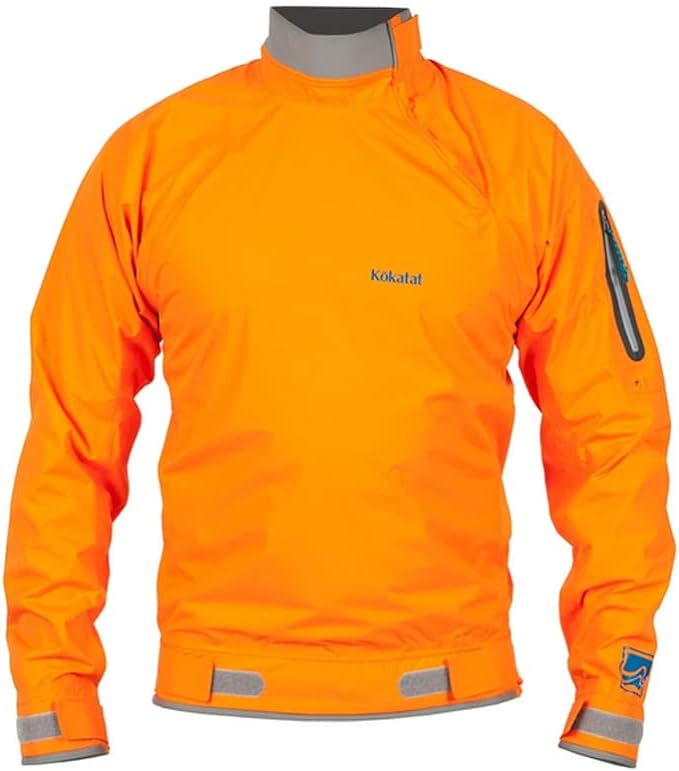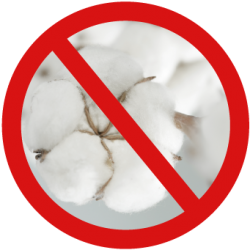
1. Warm Dry Feet
Having cold feet isn’t fun for anyone. Just ask any bride or groom. When it comes to kayaking, we have different types of gear that are easily available to help you keep your feet warm.
Neoprene Booties:
These booties are very useful for those who don’t mind getting their feet wet. They will take in water but prevent the exchange of fresh “ice” cold water and your body heat will naturally heat the water soaked booties made of neoprene. Neoprene acts like a sponge that uses the water to naturally insulate your feet. It tends to be very secure on the foot and offer a protective sole on the bottom for traversing on dry ground.
- Pros:
1. Feet will stay very warm (as long as they are wet).
2. Very comfortable to wear and provide protection from oysters or other objects.
3. Wide variety of styles and thickness. We recommend at least a 3mm thickness for our area.
4. Very secure on the foot. Not easily removed (accidentally). - Cons:
1. Insulation only works if the neoprene is fully saturated with water.
2. Foot will stay wet through the entire activity.
Dry Socks:
Dry socks offer an alternative if you prefer for your feet to stay dry during the activity. These socks allow you to walk into the water up to the knee without your feet ever getting wet. Be prepared to have additional gear to keep your feet warm and protected.
- Pros:
1. Dry socks come in various lengths all the way up to the knee. A high vertical length will enable you to walk into the water to a comfortable depth allowing easier ingress/egress of the kayak.
2. These socks are non permeable and will not allow water to pass through ensuring your feet stay dry if you step in the water. - Cons:
1. They are only as good as they are tall. If the water goes over the top edge of the sock, water will come in and your feet will get wet and cold.
2. The socks will keep your feet dry but, not necessarily warm. I recommend a insulated sock such as wool to wear under the dry sock. This will also help prevent the feeling of dampness as your feet sweat in the dry sock.
3. Traditionally, these socks, don’t have a durable soul. Traversing on dry ground can significantly impact the integrity of your dry sock and they won’t provide much protection from objects. You would want to have a pair of water shoes (sized larger) to fit around your dry socks.
Recommended Gear List:
(By Kayak Hipster)
Booties:
Dry Socks:

2. Layers upon Layers
When it comes to keeping your core warm, layers are the key ingredient. Having one bulky layer won’t do the trick. Use multiple layers that are flexible and will allow proper body movement. Having multiple layers gives you the opportunity to shed or add a layer as needed. When picking layers material is the key. Do not use cotton material as it will suck the heat right out of your body (especially when wet).
Wool/Fleece/Synthetic Material:
Possibly one of the BEST base layers you can use is wool. Wool acts as a natural insulator keeping you warm even when wet. It doesn’t act the same as neoprene. Where neoprene will lock in a warm layer of water, wool will work to lock in warmth but allows water to move freely through the material. As long as you are in the water, wool will not keep you warm, but if it gets wet and you are able to get out of the water it will help warm you even when wet.
- Pros:
1. Can keep you warm when wet
2. Thin layers can do the trick
3. Easily assessable & affordable - Cons:
1. Won’t prevent cold shock if you go for a swim
2. Can be itchy on the skin
3. Won’t keep you warm in a prolonged swimming scenario
Neoprene: Wetsuit
Wetsuits are proven insulators. When wet, these suits preform to the max; that said, they tend to work best when wet. With out getting the suit wet you may find yourself getting cold. They fit tightly on the body which can restrict movement or provide resistance to movement. They work great for someone that plans to spend a lot of time in the water, not so much for a kayaker trying to stay warm while enjoying a day on the water.
- Pros:
1. In a prolonged swimming scenario these suits work great. The wetter they are the warmer you will be.
2. Easily accessible and more affordable than a dry suit.
3. They come in a variety of styles and thickness, from a “shorty” to a full body suit including a hood to keep your head warm. Thickness can be selected from a 2mm to a 7mm for a higher insulation rating keeping you warm in even the coldest water. - Cons:
1. A wetsuit ONLY works if it is wet.
2. They are a snug fit and provide some resistance to body movement. This can tire you out quicker making paddling more difficult. The thicker the suit the harder to move.
3. In order to stay warm you will need to be wet for the duration of the trip.
4. Difficult and uncomfortable to put on, especially when wet.
5. Doesn’t work well with other clothing.
Dry Suit:
A dry suit will work great to keep you warm and dry AS LONG as you follow the tips about wearing proper base layers with wool, fleece, or synthetic material. They are durable and tend to last for years if properly maintained.
- Pros:
1. They will keep you completely dry even in an accidental swim scenario.
2. If wearing proper base layers, they can and will prevent cold water shock.
3. Can serve as an extra level of buoyancy.
4. Can provide better freedom of movement than a wetsuit
5. Likely the BEST protection possible on the market today. - Cons:
1. Dry suits will stop the water but will NOT stop the temperature!
2. Additional base layers NEED to be worn in order for a dry suit to work and keep you warm.
3. Full dry suits are expensive
4. The neck gasket can be uncomfortable while you acclimate.
5. They require a higher level of care and maintenance.
Recommended Gear List:
(By Kayak Hipster)
Wetsuit:
Neoprene Top:
Neoprene Bottom:
Dry Suit:

3. Pack Extra Clothing
DON”T WEAR OR PACK COTTON!
When it comes to winter kayaking, one can never be too safe. Always make sure you have an extra dry bag of some simple but warm insulating layers. (Sweat Pants/Hoodie). This is you catch all fail safe. When everything else fails and you are wet and cold, the best alternative is DRY insulating clothing that you keep in a small dry bag. Get to shore, strip, and put on a dry set of warm clothes.
Flannel, Fleece, or Wool
Once everything else goes arry, sometimes the best thing you can do is abandon your current gear for dry gear to get warm. Fleece, flannel & wool work great to help get you warm fast. One last important ingredient is a packable quality wind breaker such as the Kokatat Storm Cag. Nothing helps you warm up faster then warm insulation with an outer shell that helps prevent heat exchange by blocking incoming cold air such as wind.
Recommended Gear List:
(By Kayak Hipster)
Wool Top:
Synthetic Top:
Storm Cag:
Hoodie:

Thanks for the info! I don’t think I realized that the neoprene socks were different than dry socks. I say dry feet FOR THE WIN!